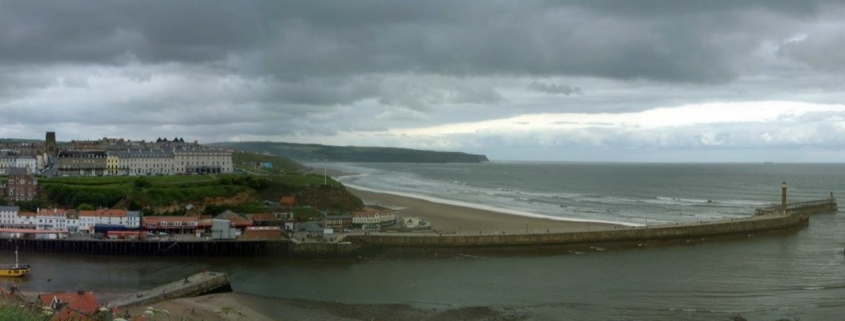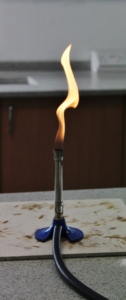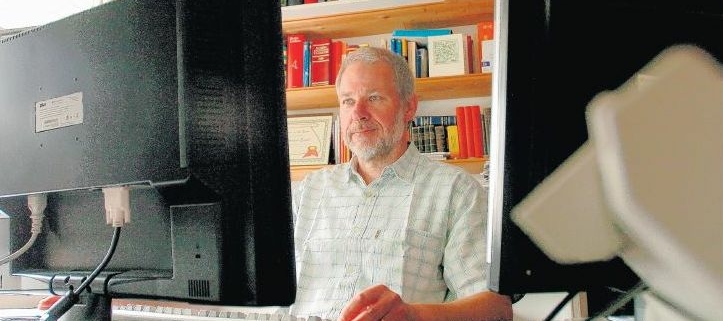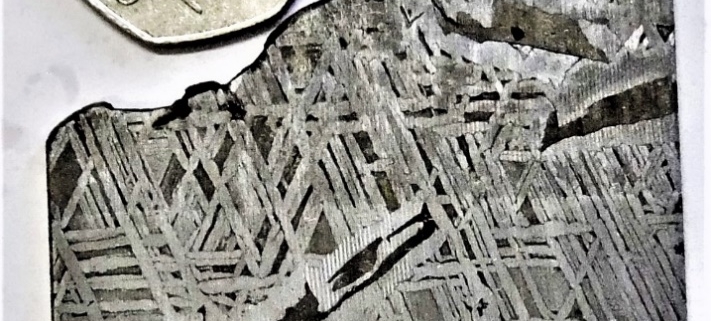Ode to Yorkshire
YORKSHIRE – IT’S GRADELY!
A guest blogpost from Anne Hayto, folk music enthusiast and co-founder & Secretary of the Aylestone Meadows Appreciation Society
When planning holidays, as a Yorkshire lass born and bred, my thoughts usually turn northwards and this year it was an August week in Whitby, mingling with the scarily dense crowds of people who obviously had the same idea as me. What is it that brings people back time and again to the lands of their birth and childhood? I grew up in Wakefield, once part of the West Riding, but I left there in my early twenties to seek a life away from ‘the dark satanic mills’. I’ve spent most of the rest of that life wishing I had returned, but of course, the mills are now apartments and the coal mines which surrounded my home town are no more. I have remnants of family still in Wakefield, but most of them are gone now. Yet still I return even though I’m a stranger in the old town.Continue reading full article…











